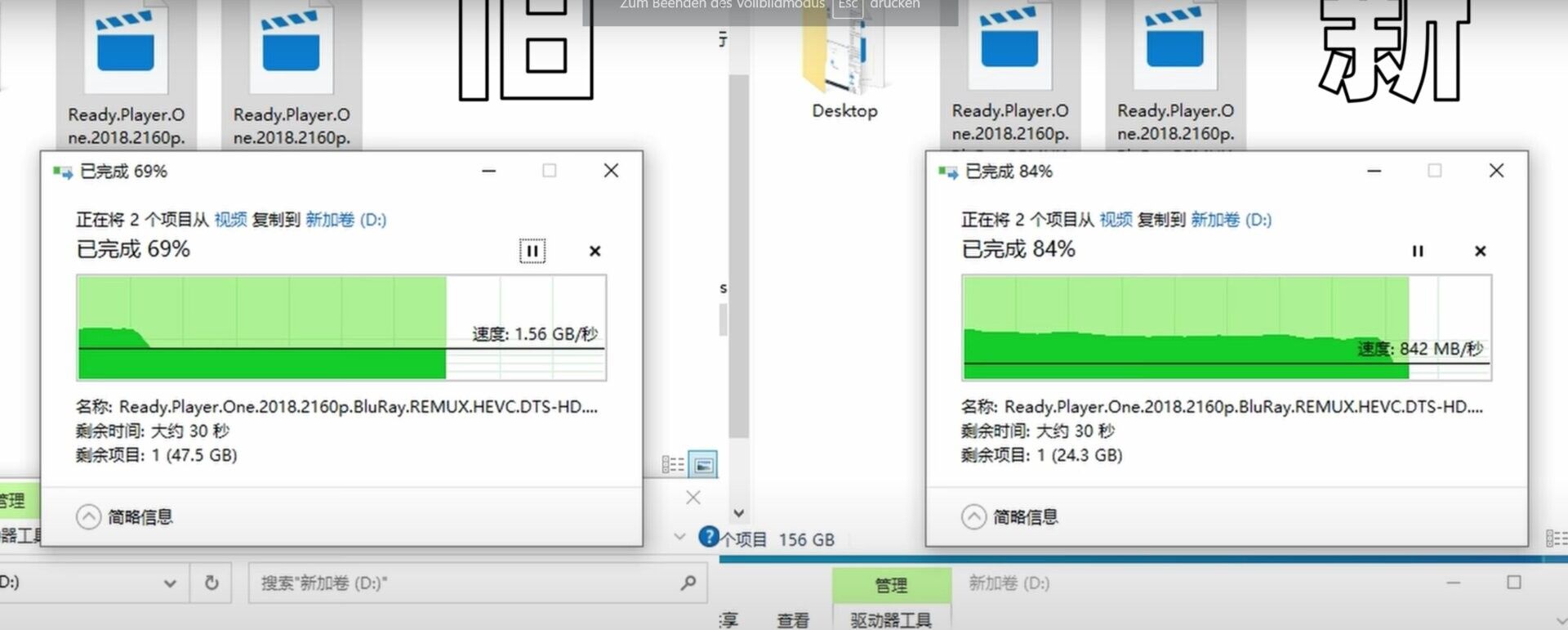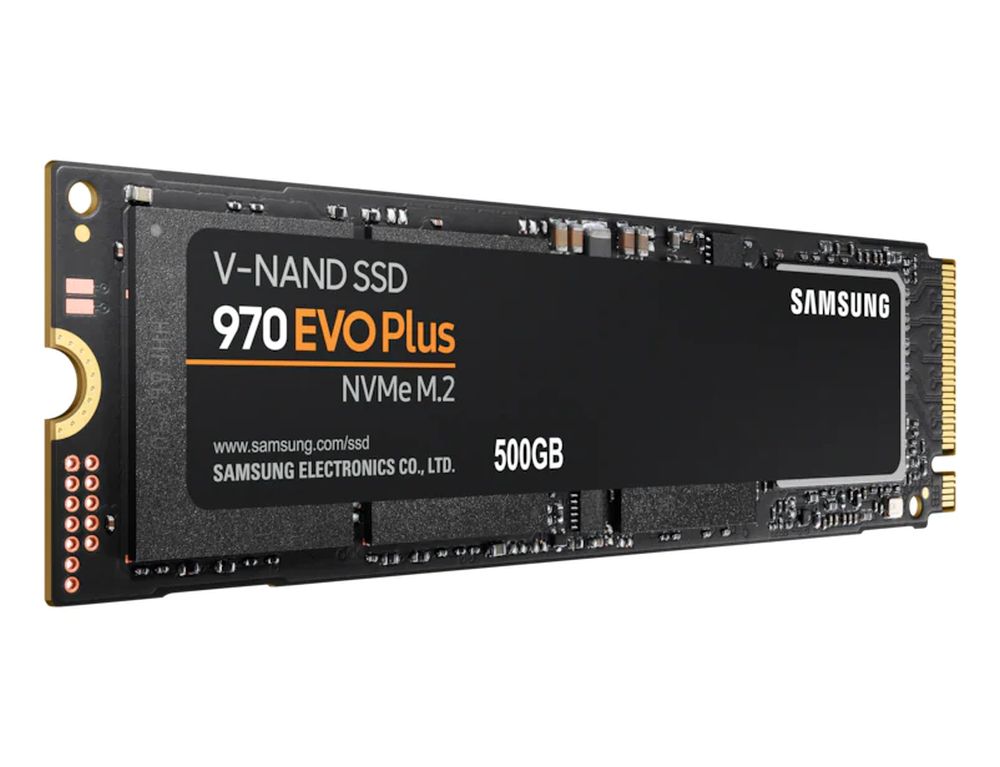Earlier in the week, it was discovered that Western Digital (WD) had quietly and sneakily swapped out the NAND flash on its entry-level SN550 Blue NVMe SSD for cheaper, less efficient components for the same task. While this is merely a form of repeat performance for WD, the fact that Samsung was also caught in the act is surprising.
The Korean electronics giant’s actions shifty actions were first discovered by Computerbase, who noticed a difference in performance with the Samsung 970 EVO SSD and more particularly, with the 1TB variant of the lineup. If the name of the channel sounds familiar, it’s probably because Computerbase was also the YouTuber who leaked a full-on benchmark of Intel’s Core i9-11900K at the beginning of the year, well before the CPU’s launch.

Getting back on point, Computerbase tested an earlier model of the 970 EVO Plus – BIOS revision 2B2QEXM7 – which shipped out with a Phoenix controller and 96-layer 3D TCL NAND, benching it alongside a newer model of the same SSD (BIOS revision 3B2QEXM7). Fitted with an Elpis controller and 3D-NAND controller.
What Computerbase found was that the revised 970 EVO SSD was faster with workloads up to 115GB in size and in write burst speeds, versus the older version of the SSD that ran its SLC cache ragged by the 40GB mark. However, when made to work beyond their respective SLC cache capabilities, the newer 970 EVO SSD’s transfer speeds dropped to an average of 800MB/s, while the earlier model still managed to maintain an average transfer speed of 1,5GB/s.

In Samsung’s defence, swapping out bits and pieces of components on currently existing products isn’t a recent development. In some cases, manufacturers are forced to make on-the-fly decisions about using alternative materials, especially when a shortage of said materials occurs.
That shortage has become more apparent, due to the ongoing COVID-19 pandemic that is causing manufacturers and brands to suffer from supply constraints and ever-growing demands.
(Source: TPU, Computerbase via YouTube)
Follow us on Instagram, Facebook, Twitter or Telegram for more updates and breaking news.



